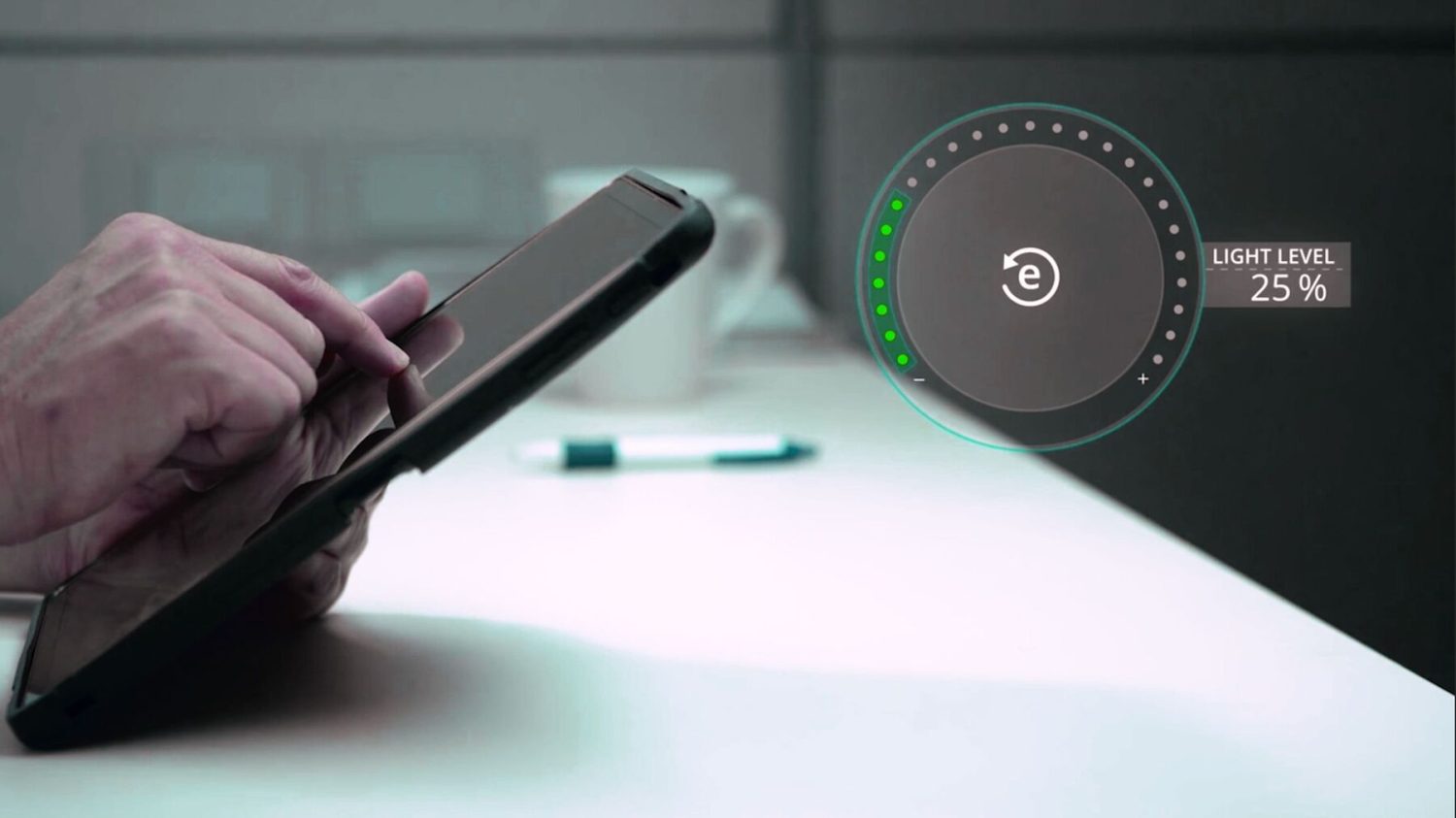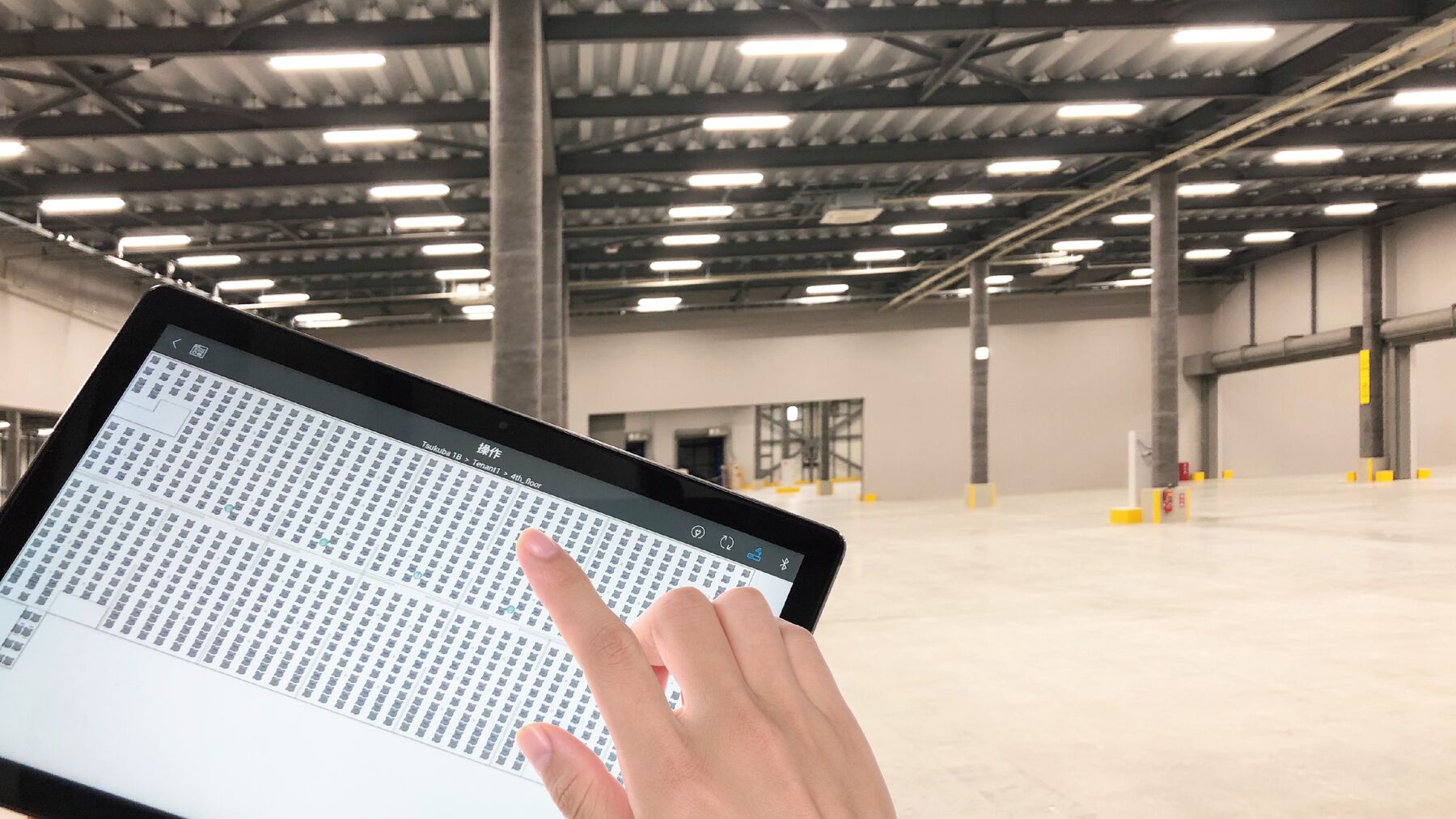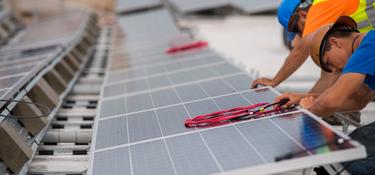Prologis takes sustainability seriously, and we believe our actions speak louder than our words. We have a longstanding commitment to embed sustainable business practice in every decision we make , from boardroom to breaking ground. We often want to shout from the rooftop when we feel we’ve made a positive impact towards our goals, however, not everybody understands the language used when talking about sustainability performance.
Talking about sustainability isn’t always easy. Whether we’re speaking to a journalist, a planning committee or even internally, people’s understanding of sustainability can vary and the language we use can be inconsistent. When I was younger, a boss would always ask me to explain things in a way “that even my 8-year-old can understand”. Well, when you look at the terminology surrounding sustainability, we’re far away from the language that an 8-year-old can understand.

So how can we tackle this? First up, let’s work through and try to navigate the common terms that are used when talking about sustainability in construction. To make things even more confusing for everyone, they’re also terms which can very easily be misrepresented or defined differently by different people. So for now, we’re sticking with the UK specific definitions:
- “Carbon neutral” means that we keep doing what we have always done, measure our carbon emissions, and fund projects in other parts of the world that prevent the same amount of emissions. The result has a ‘neutral’ impact on global carbon emissions.
- “Net zero” means that we go further, changing the way we work to dramatically reduce the emissions we create. But property developers can’t ever reduce emissions to zero. So, we still need to support overseas projects and for net zero, we need to make sure these are ‘nature based’. Net zero is better because it makes businesses work harder and change their approach for the better.
- The definition of a “green” building is highly open to interpretation and misrepresentation. So much so that the Competition and Markets Authority produced a 56-page guide which significantly limits businesses using the term in their advertising.
Understanding the lingo
So far, so simple. But when you start digging deeper into the subject, things start to get more confusing. Let’s take carbon neutral. Whilst it’s better than doing nothing, is it actually improving the local environment where the building is located? Does it drive the right business behaviour to minimise emissions?
We should also take a closer look at net zero. Whilst the concept is solid and should drive more sustainable choices, the reality is that without an expert’s understanding, things can easily be misunderstood.

Buildings have two carbon footprints. One resulting from the construction process, which is called embodied carbon and the second from the energy a building needs to operate, called operational carbon. The operational carbon emissions can be reduced to zero by providing on-site renewable energy. However, although you can reduce embodied carbon, you can never truly get to net zero at site level.
Back in 2019, we built a new unit for a customer who was mature in their sustainability knowledge. It was our first development to achieve an Energy Performance Certificate (EPC) rating of A+ which is, by very definition, net zero in operation – it says so in black and white on the EPC itself. But EPCs only count the emissions that are covered by the Building Regulations. This includes anything that is fixed to the building, like heating and lighting.
Actual emissions can vary depending on how our customers work in the building. Some of them need energy for processes, like refrigeration or light manufacturing, which are excluded from the regulations. Others have different operating hours, which affect the amount of energy they need in practice.
Think about it from the perspective of your street and your neighbours. Mr Khumal, who lives by himself at no.36, always keeps his lights off and uses very little energy. Next door at no.38, the Williams are a multi-generational family with more intensive energy demands, from video consoles to never-ending laundry. Both houses, built at the same time and to the same specifications, will have the same EPC rating, yet we all instinctively understand the Williams will be using much more energy, and therefore emitting more carbon than Mr Khumal.
It’s more important than ever for businesses to communicate their approach to sustainability, and performance against their goals, in unambiguous ways, especially as attitudes towards climate change continue to shift.
As of 2022, things are too much of a muddle and our 8-year-olds are none-the-wiser.

